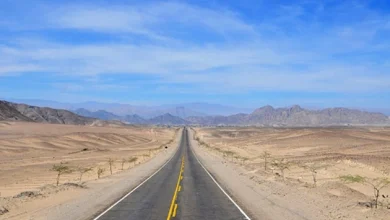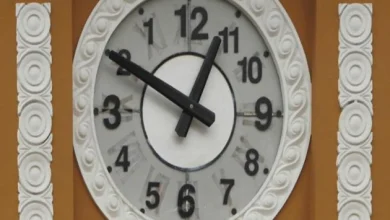Tiahuanaco’s mystery: what the god depicted on the cryptic Gate of the Sun is crying for
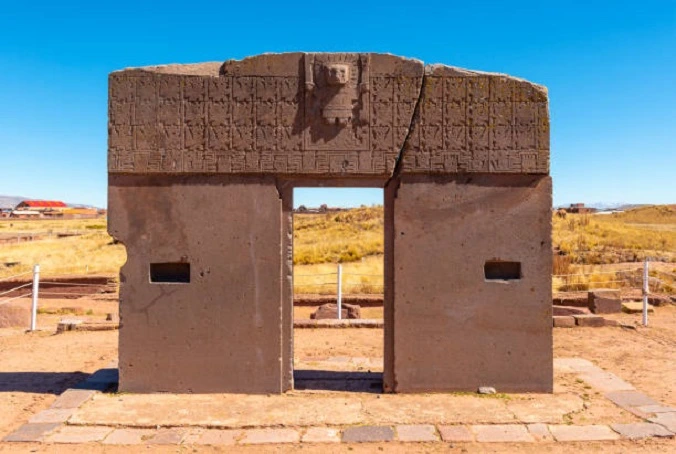
The ancient city of Tiahuanaco (Tiwanaku) is located on the southern side of Lake Titicaca in Bolivia, at an altitude of 4000m above sea level. Once upon a time, this city served as the capital of a powerful empire and great civilization that existed from the second to the 10th century AD. It was one of the major centers of pre-Columbian civilization in the Americas, covering modern-day Peru and Chile, and is considered one of the world’s most important civilizations. Researchers discovered a mystery megalithic structure named the Gates of the Sun here amidst the remains of a huge sanctuary.
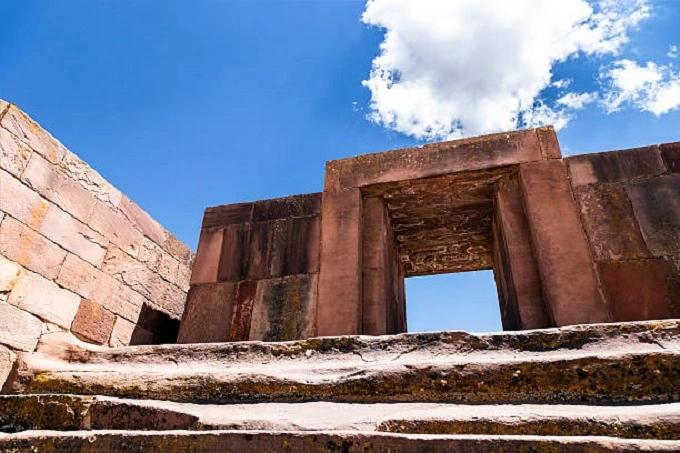
What is known about this strange place, as well as the wails of the unnamed god depicted there, are discussed in further detail.
Tiahuanaco Mystery
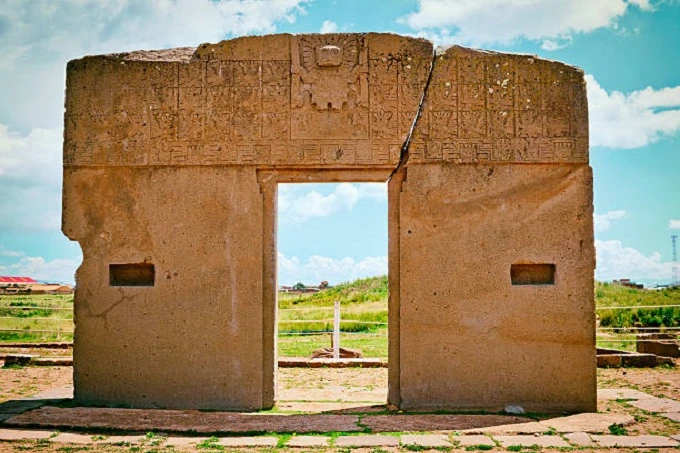
Archaeologists have been attempting to solve the riddle of an intriguing construction for many years; history has it was the first object to exist on Earth following a catastrophic event of massive proportions. What scientists now know about the location where a ray of the newborn sun passes at noon on the winter solstice is still a mystery to them. It is said to be the cradle of humanity in Andean traditions. Viracocha is believed to have created everything, according to ancient texts. He chose the city of Tiahuanaco as the site of the creation, and it is still in use today. It used to be home to more than 20,000 people. The period between the 5th and 9th centuries was a period of great prosperity for the country. The majestic metropolis was constructed of massive hewn stones that towered over the surrounding landscape. It was equipped with a sophisticated underground drainage system. Just a few surviving manuscripts might provide clues to researchers regarding the mystery surrounding the location. Scholars attempt to put them together from the few surviving monolithic remains and the few remaining artifacts.
The majority of archaeologists think that Tiahuanaco was once a bustling port town. Lake Titicaca has been discovered with structures that illustrate how dramatically the sea level has changed over the city’s history. There are several spectacular structures and sculptures to be seen throughout the city. If you want to call it a city, you’re stretching the definition slightly. It is just a large region that has been split into three halves. Each of them is different in terms of size from the others. They are essentially vacant courtyards surrounded by the remnants of old structures. One of these courtyards is bordered by a modest pyramid. Among archaeologists, the age of these ruins has prompted plenty of concerns and a bustle of passionate debate. When the ruins were uncovered, they dated to 14000 BC for the first time. According to more recent study approaches, they are most likely to have existed between the 3rd century BC and the 1st century AD.
Imagine how only a variety of pseudoscientists attempted to describe the magnificence of this old strong empire! They have even referenced undiscovered ancient giants and extraterrestrials in their writings.
The gate of the sun

The ancient city of Tiahuanaco in Bolivia was found for the first time by Pedro Cieza de Leon in the middle of the 16th century. Early nineteenth-century explorers were responsible for the rediscovery of the monolithic Sun Gate. The huge arch had fallen and was laying on the ground. They have been reconstructed and have taken on this look. One slab of andesite volcanic stone was used to cut out the shape of the doorway. According to the researchers, this monolith weighs at least ten tons. No one knows where the gate used to be or when it was built.
What was the purpose of the Tiahuanaco Sun Gate, and how did it get there?

This has been a source of concern for scholars from the beginning of time. It has been suggested by certain scientists that the inscriptions and images that are shown on the monument are of astronomical value. The figures painted on the gates are shown as human beings with rectangular helmets on their head. They have their tails and wings wrapped behind their backs for further protection. In the center of the gate is an image of a god. It might be the Inca sun deity Viracocha or another sun god entirely. Sunbeams encircle the deity’s face, and he looks to be weeping in this depiction. He has a stick in each of his hands.
Some academics believe that the Sun Gate acted as a calendar. Many people refer to them as “Calendar Gates.” This is similar to it. However, if this is the case, there are 290 days in a year, with 24 days each month, according to this calendar. Some theories are more radical. There is speculation that it was a doorway to another world, maybe to the kingdom of the gods, and some people even think that it was built by (naturally occurring) extraterrestrials.


